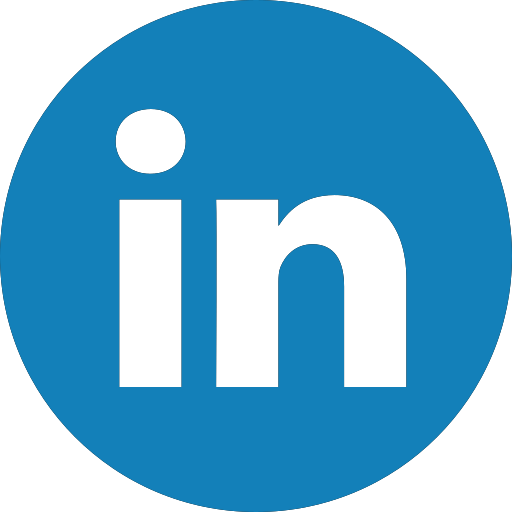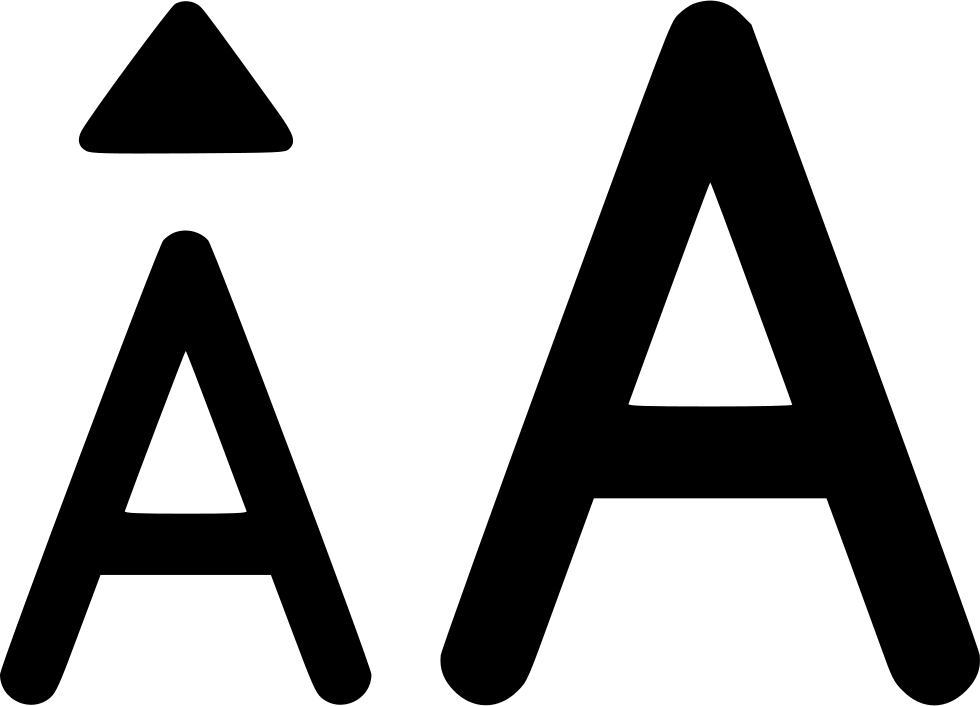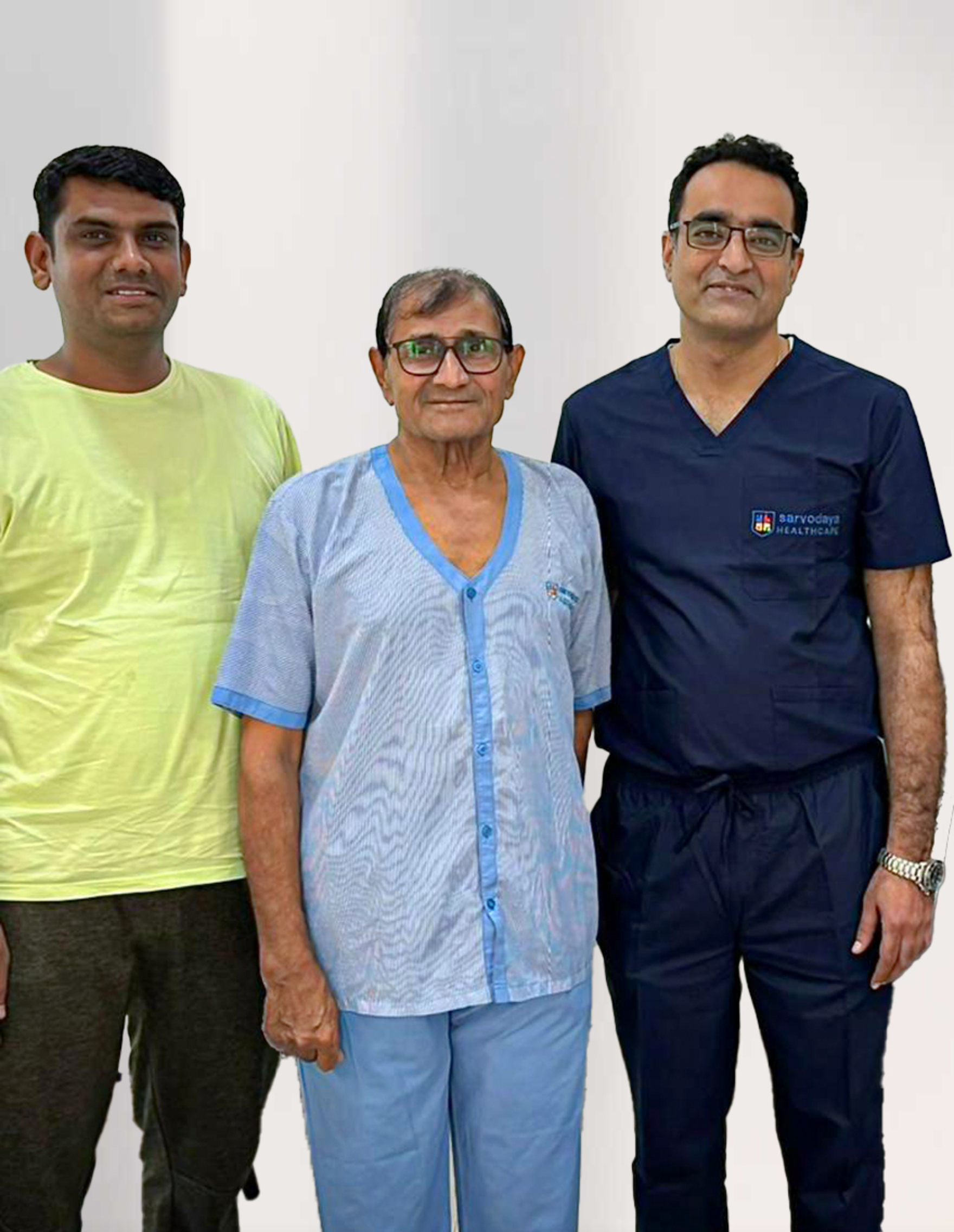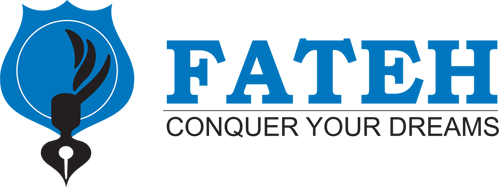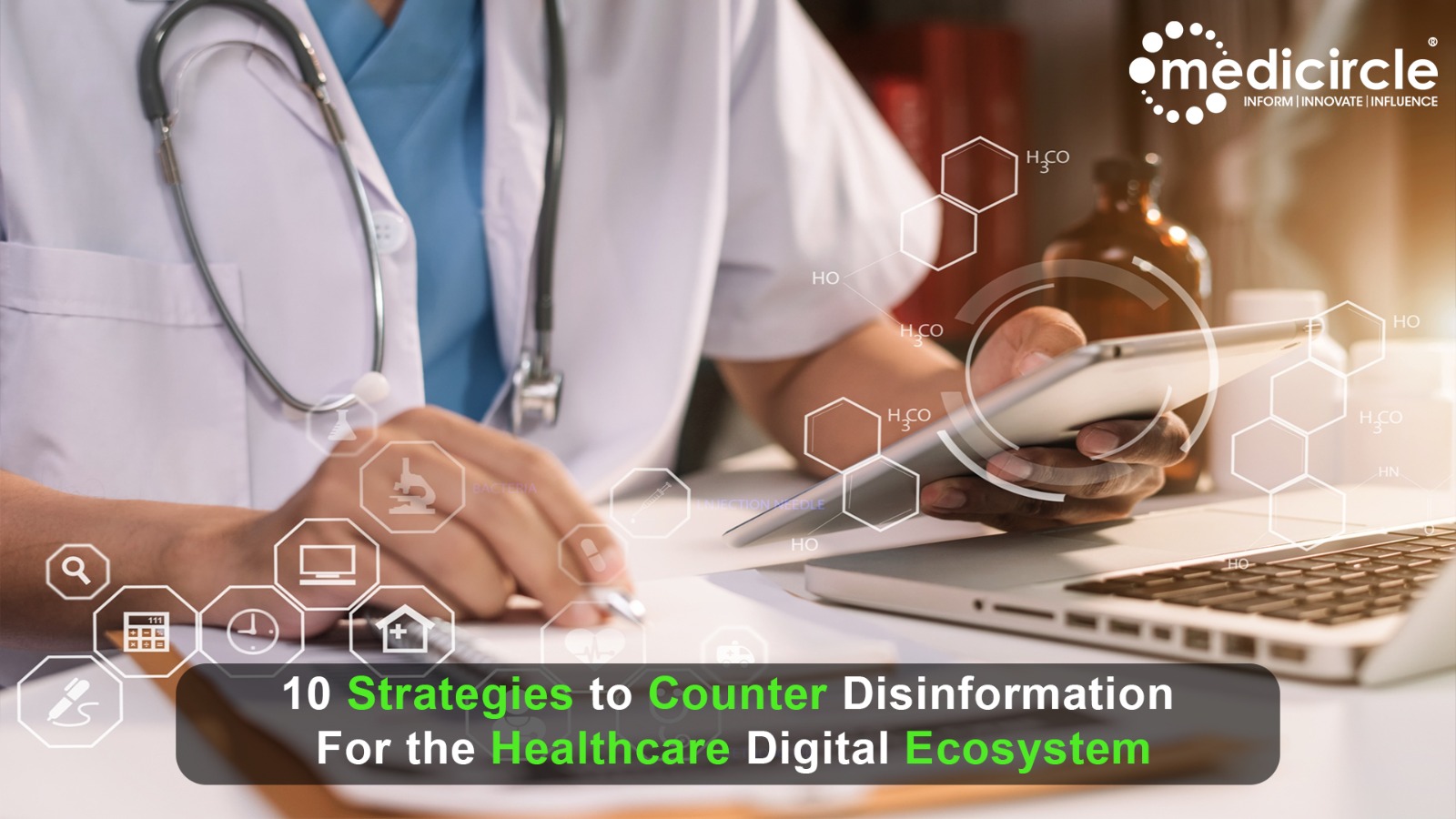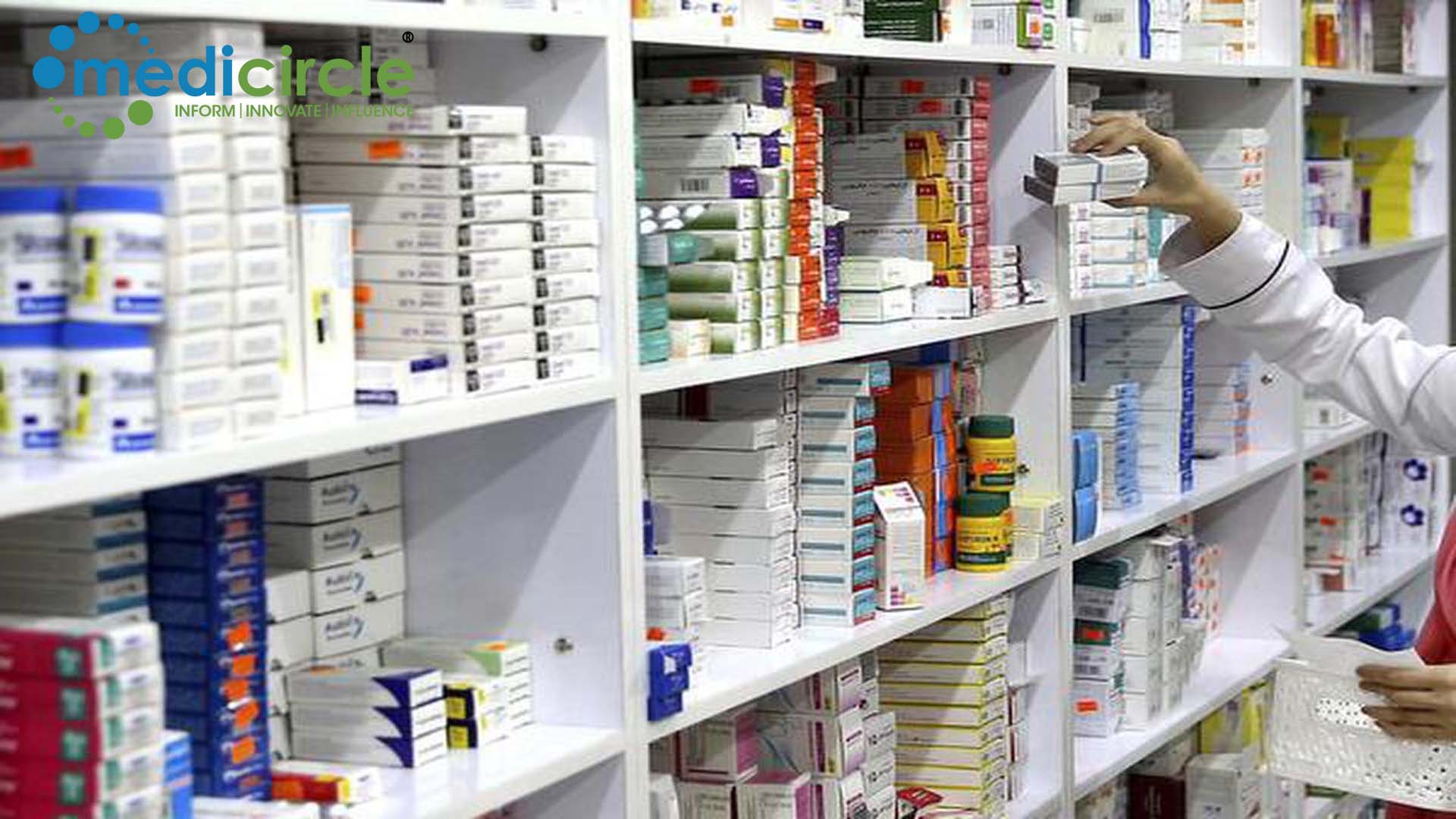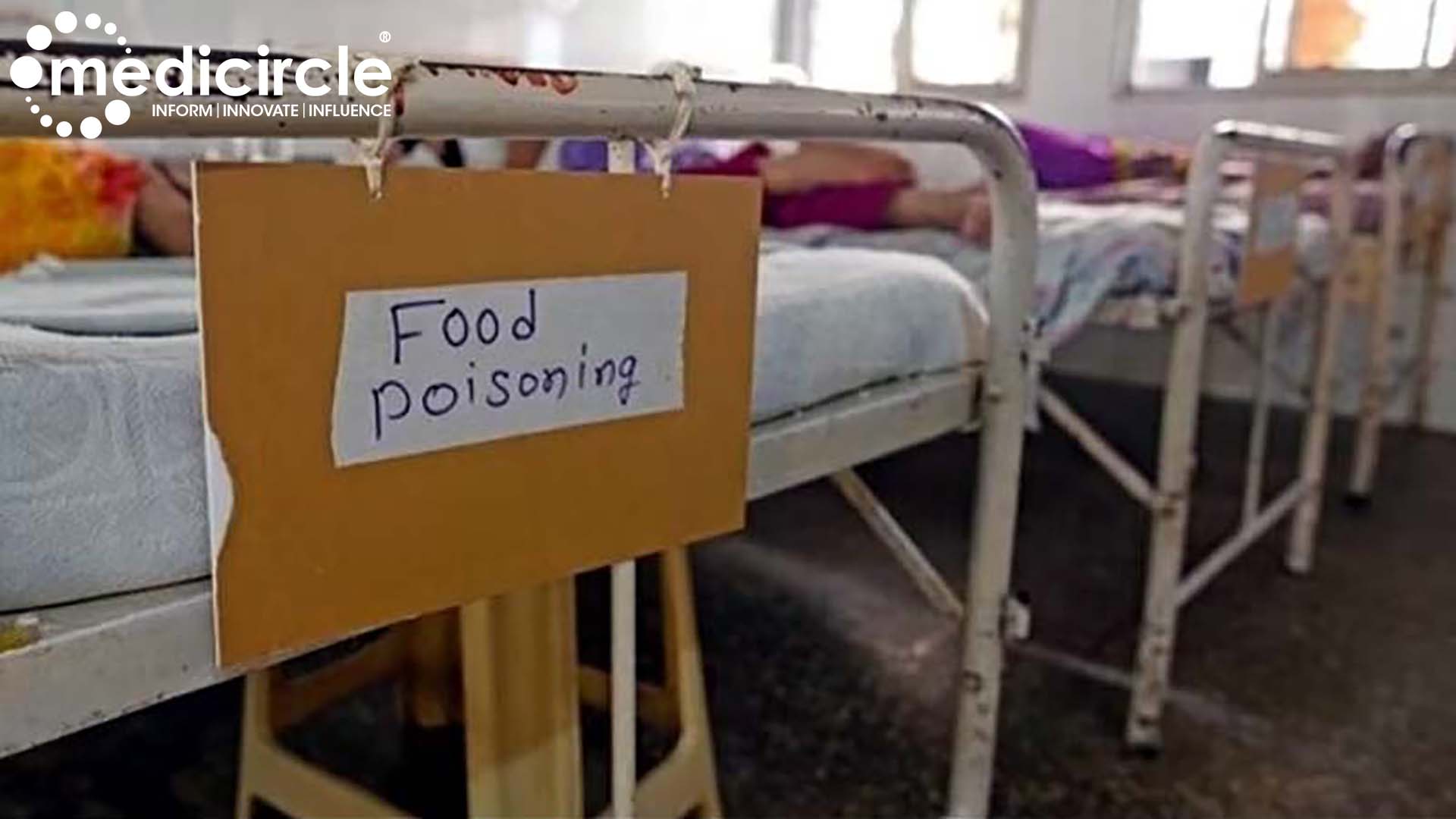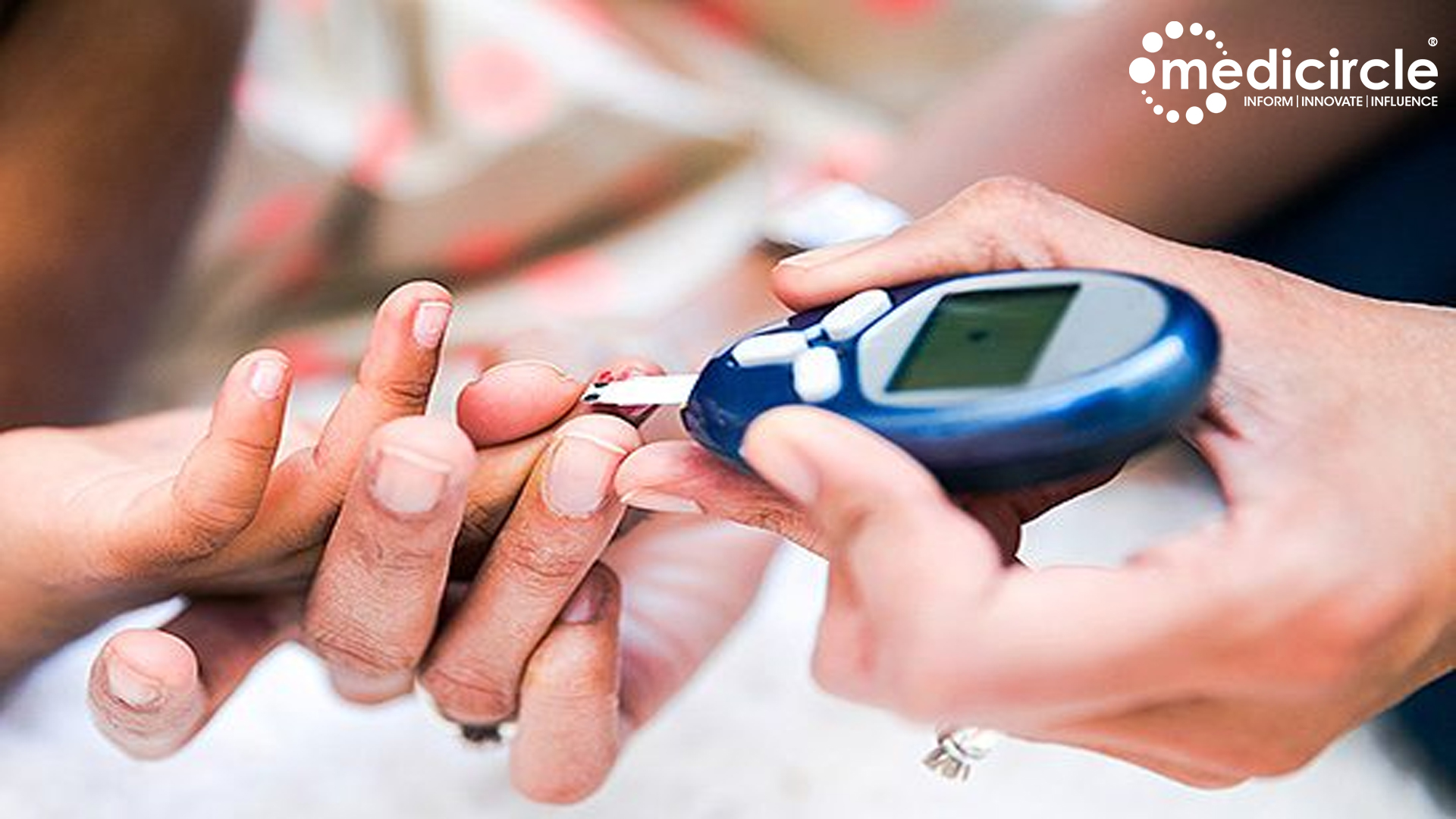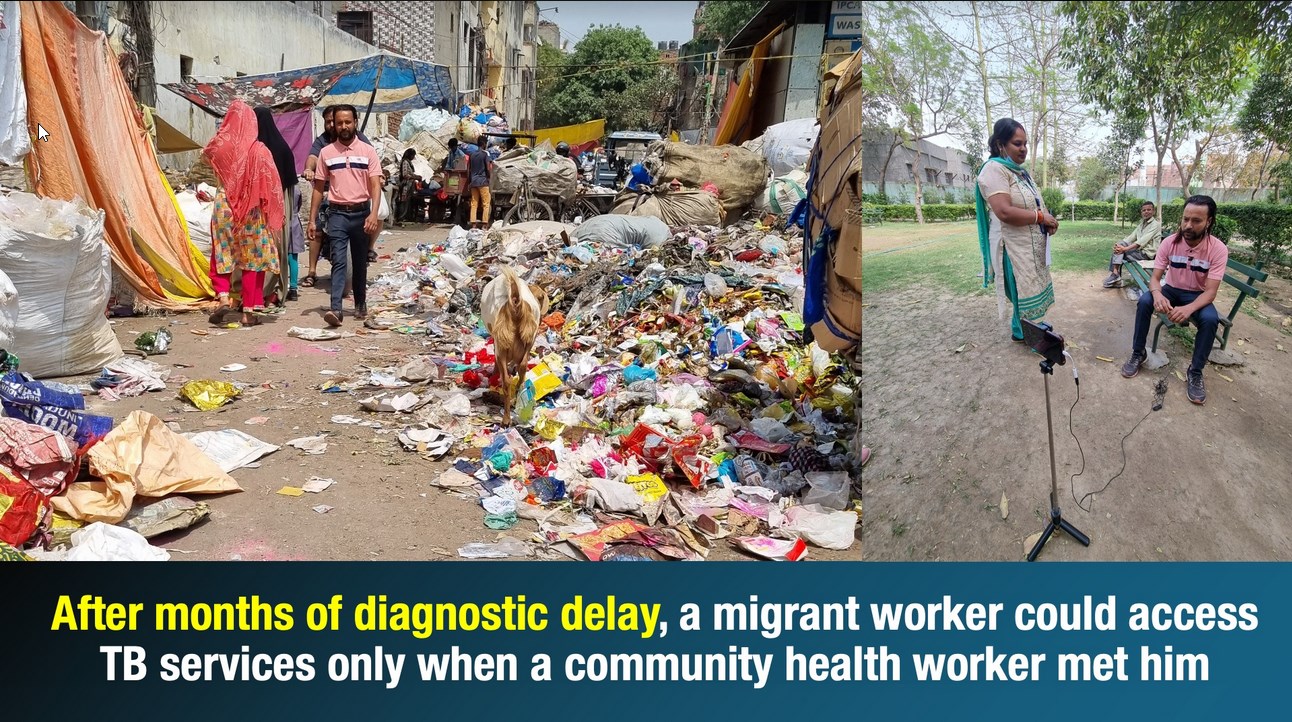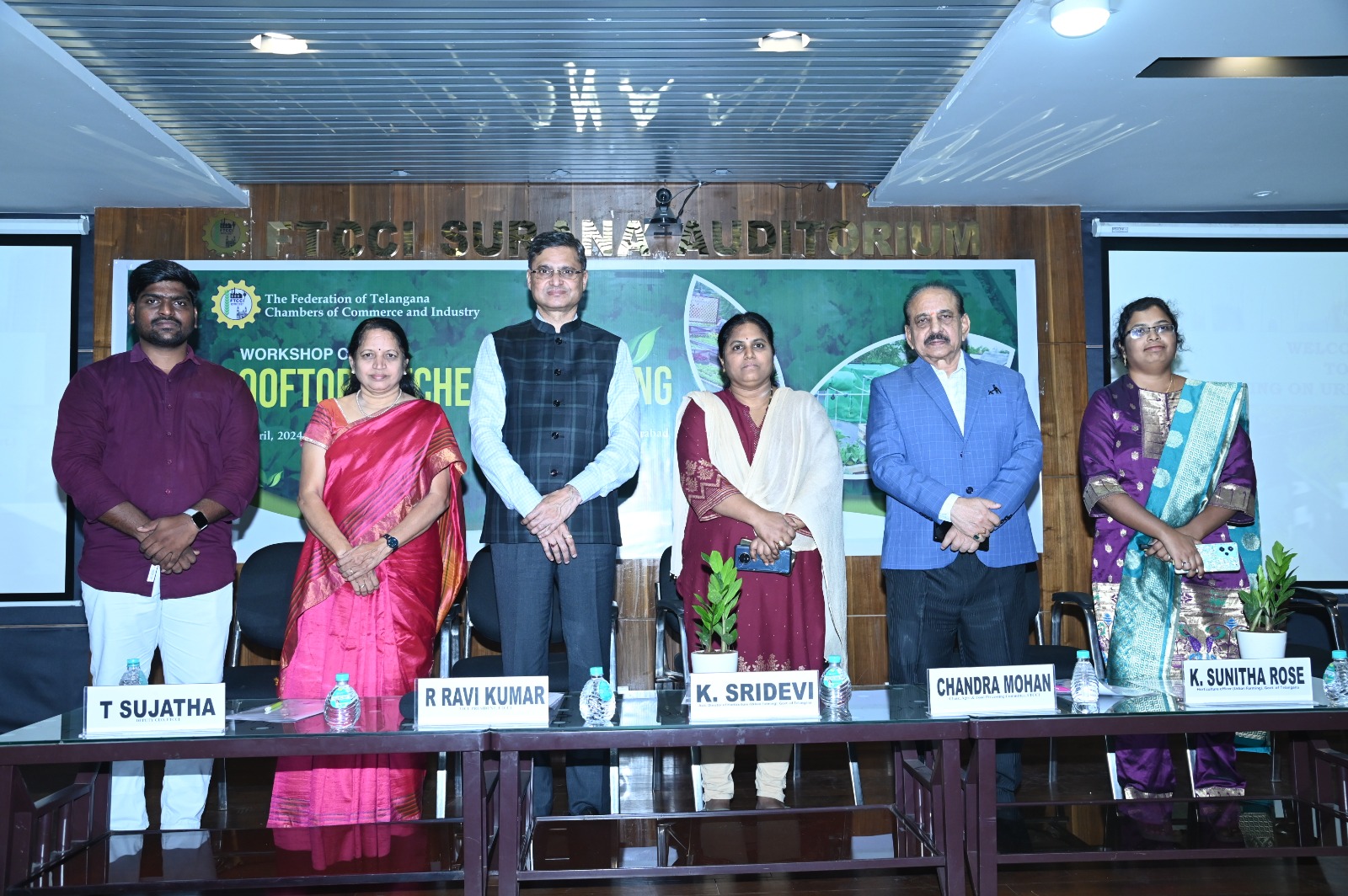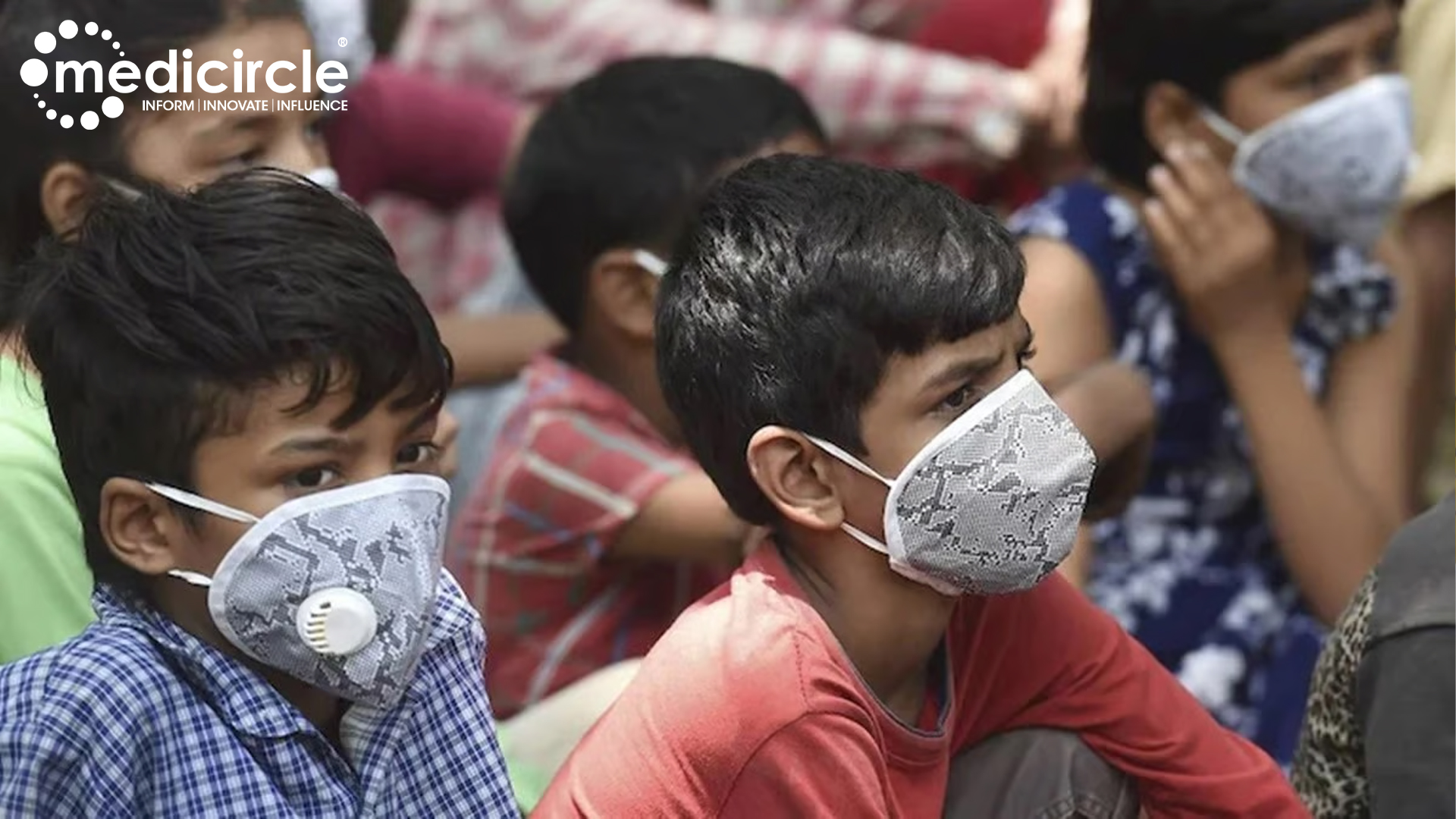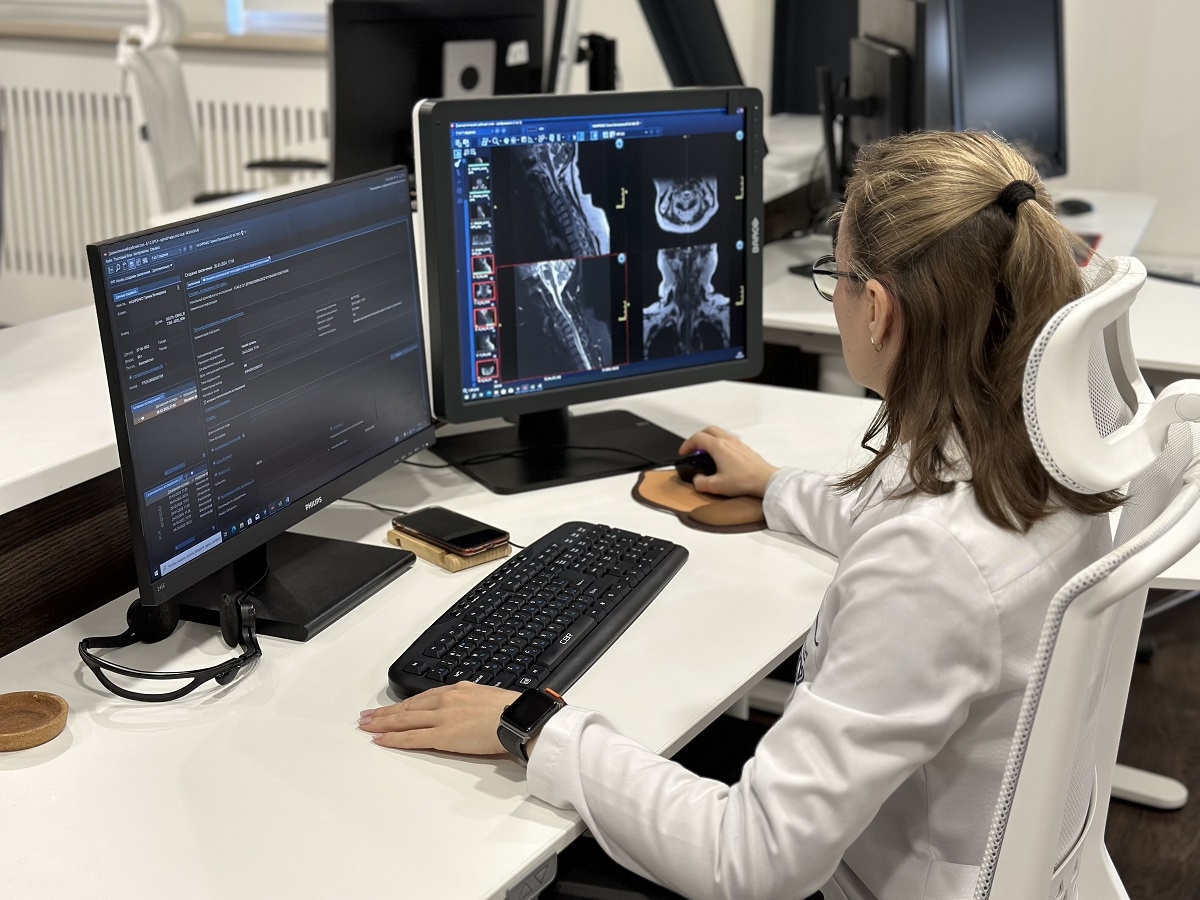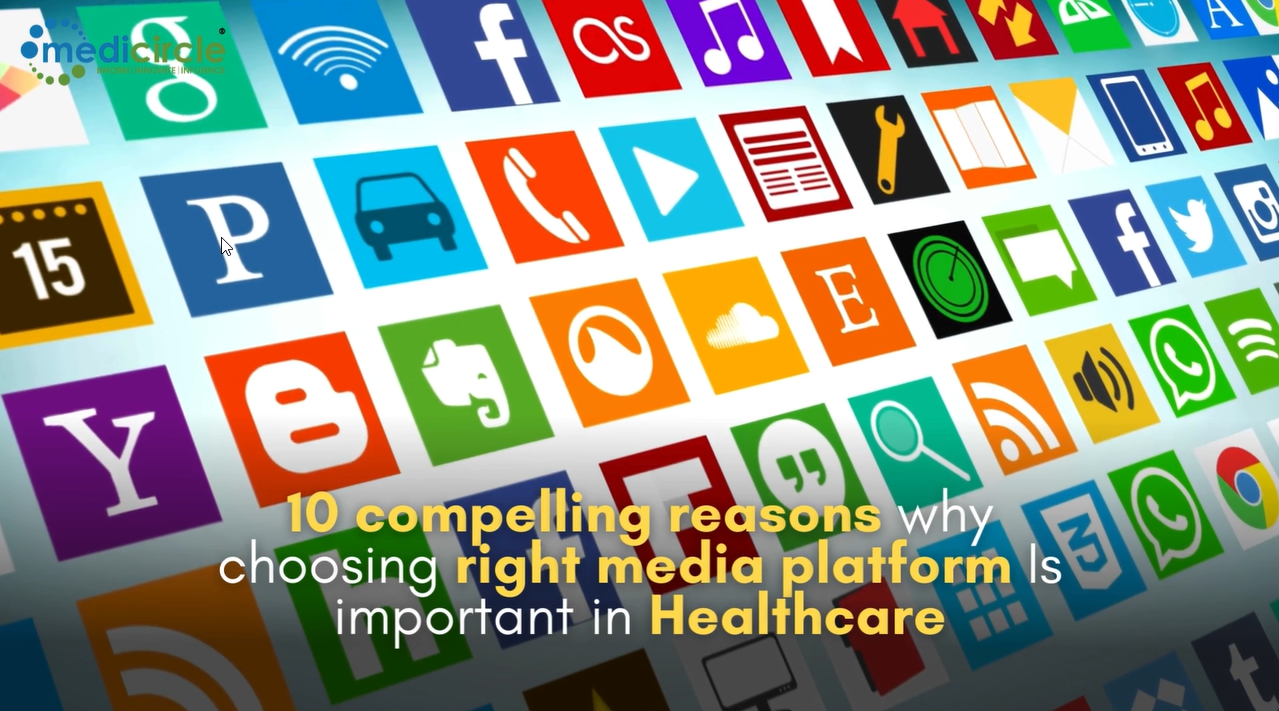Patient safety is the absence of preventable harm to a patient during the process of health care and the reduction of the risk of unnecessary harm associated with health care to an acceptable minimum.
Surbhi Kala, Quality Assurance Healthcare, is an experienced healthcare professional with a demonstrated history of working in the Quality Assurance Department. She has also successfully completed NABH, JCI, ER NABH Accreditation, and Green OT certification Audit in hospitals.
Patient safety is the outcome of Quality care
Surbhi explains, “Patients get admitted in the hospital for getting treatment from an ailment, and expects positive health outcomes and for which patient is willing to pay. Patient safety is the outcome of Quality care. On the other hand, if the patient gets any type of harm in the healthcare facility which can be due to facility, security, wrong medication, wrong behavior, cross infections, etc. and due to which patient suffer, that means Quality is compromised somewhere, so it's every healthcare organization responsibility to provide a safe and healthy environment to patients so that patient can get early and better recovery,” she says.
Patient safety has become a national objective to built a healthier nation
Surbhi sheds light on the subject, “Patient safety is a global health priority hence proved by COVID, it has been challenging for many healthcare facilities, but now every corner of the world has understood the importance of patient safety and it has become a national objective to build a healthier nation. There are various national, International organization and Accreditation bodies which has more focused on patient safety as a global health priority some of them are:
WHO: World Health organization in May 2019 adopted a resolution on Global Action on patient safety, also recognizing patient safety as a global health priority and endorsed the establishment of World Patient Safety Day to be observed every year on 17 September, echoing that no one should be harmed in Healthcare.
Joint International Commission (JCI): Which introduces the 6 patient safety goals to improve patient safety and reduce patient Harm, which is:
Identify the patient correctly Improve effective communication Improve the safety of High alert Medication Ensure safe surgery Reduce the Risk of healthcare-associated infections. Reduce the Risk of Patient Harm resulting from fall.
NABH (National Accreditation Board for Hospital and Healthcare Providers: NABH standards focus on patient safety and quality of the delivery of healthcare environment. Without being prescriptive, its objective elements guide the organization to continue healthcare operations with the focus on patient safety,” she says.
Safe healthcare worker means safe healthcare organization
Surbhi elaborates, “Ensuring patient safety is a global concern, the same way health worker safety is utmost important. Safe healthcare worker means safe healthcare organization. For example, as observed in COVID, healthcare workers which can be doctor, nurse, or the ward boy who or are the frontline warrior which contributed to the treatment of the patients affected due to COVID, but if the healthcare worker also gets the infection from the patient which means that our healthcare workers safety has been compromised, also the same affected healthcare worker when treat or come in contact with other patient or healthcare worker, there are chances of cross-contamination thus the theme of this year’s patient safety day is so appropriate “Safe healthcare worker, safe patient”. The above mentioned was one of the examples, similarly, there are various hazards which are faced by healthcare workers during the treatment and care of patient such as Chemical hazards (cleaning agent, Ethylene Oxide, Formaldehyde, Surgical smoke, etc.), Biological Hazard (blood, fungi, mold, etc.), Physical hazards (Extreme heat or cold, being constantly exposed to loud noise, etc.), Ergonomic hazards (Slip, trip, falls, etc.) A healthcare organization can contribute towards health worker safety through various ways, one of the best ways is Training and guiding respective people of potential hazards in their area and ensuring safety precautions taken to prevent such Hazards. For example; Staff handling hazardous chemicals then must be provided training of handling, storage, exposure, and disposal of the same through the MSDS (Material safety data sheet) so if the material handled properly could reduce and prevent the risk of potential hazards. The same way if people working in radiation zone where appropriate PPE (Shield, lead apron, etc.) and minimize the risk of radiation exposure so it’s very important to train the staff regarding potential risk/hazards in their area and prepare a mitigation plan for the same will help them in time of exposure to any such risk. Being aware of possible hazards can increase productivity, prevent illness, reduce day-off and save lives following guidelines, various methods of minimizing and preventing potential hazards which could help in ensuring healthcare workers safety,” she says.
Digitalization has a positive effect
Surbhi shares her views, “Digitalization and technology have transformed healthcare and to a great extent it has a positive impact on the patient, healthcare organization and contributing in patient safety, like Electronic Medical records and reports which are available to patients online in their mobile devices which will help them to keep a track of all reports and documents safely for longer period of time and are readily available anywhere when going for cross consultation this will reduce the risk of misplacing the important reports and documents, and also available to doctors for reference when patient coming in follow-up so which will ensure continuity of care. Similarly, there are various technologies which are helping in monitoring patients' real-time outcomes like vitals, also like online consultation which is possible through the technology helping patient and organization in reducing the risk of infection visiting healthcare facilities also saving time in the COVID time online consultation proved itself. Technology is a boon to healthcare as teleconsultation and telemedicine help a lot of patients to get real-time treatment in remote areas as well. It’s also reducing the fear of patients to visit hospitals as can consult doctors sitting at home and describing their ailments comfortably. Thus I say technology and digitalization are helping in ensuring patient safety and also helping organizations in providing timely care,” she says.
Quality care is the outcome of a team approach
Surbhi shares her views, “As mentioned earlier patient safety is a global concern, to ensure patient safety it is only possible through Quality care, and Quality care is the outcome of a team approach. To ensure patient safety in organizations it is important to develop a “culture of safety and Quality” in an organization. It is very important that every healthcare worker is aware of the incidents and fearlessly reports those incidents. Leadership plays a great role in ensuring patient safety, it should be the priority of healthcare organization to ensure patient safety and if any safety issue arises or if any near-miss incident reported it should be taken the opportunity for improvement and not the blame game and proper corrective and preventive actions should be taken to prevent such errors in future thus building a culture of safety and Quality help in ensuring patient safety,” she says.
(Edited by Rabia Mistry Mulla)
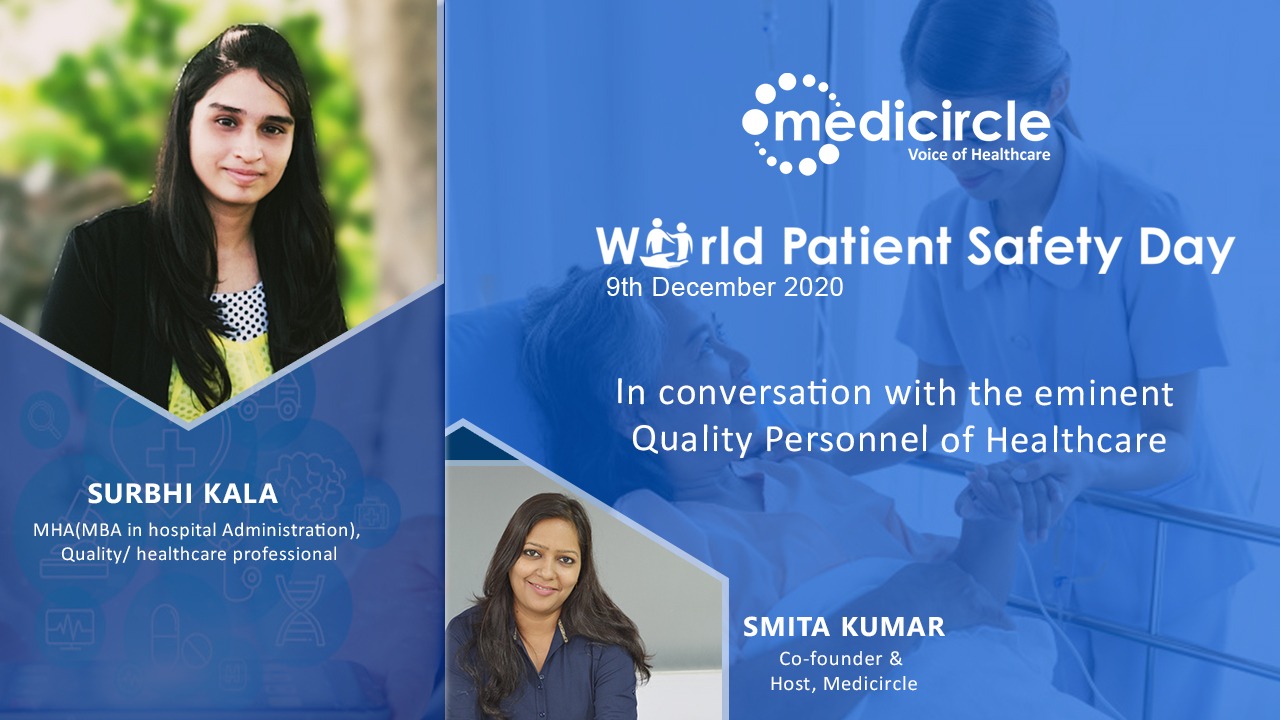
 “Being aware of possible hazards can increase productive, prevent illness, reduce day-off and save lives following guidelines, various methods of minimizing and preventing potential hazards which could help in ensuring healthcare workers safety,†says Surbhi Kala, Quality Assurance Healthcare.
“Being aware of possible hazards can increase productive, prevent illness, reduce day-off and save lives following guidelines, various methods of minimizing and preventing potential hazards which could help in ensuring healthcare workers safety,†says Surbhi Kala, Quality Assurance Healthcare.



